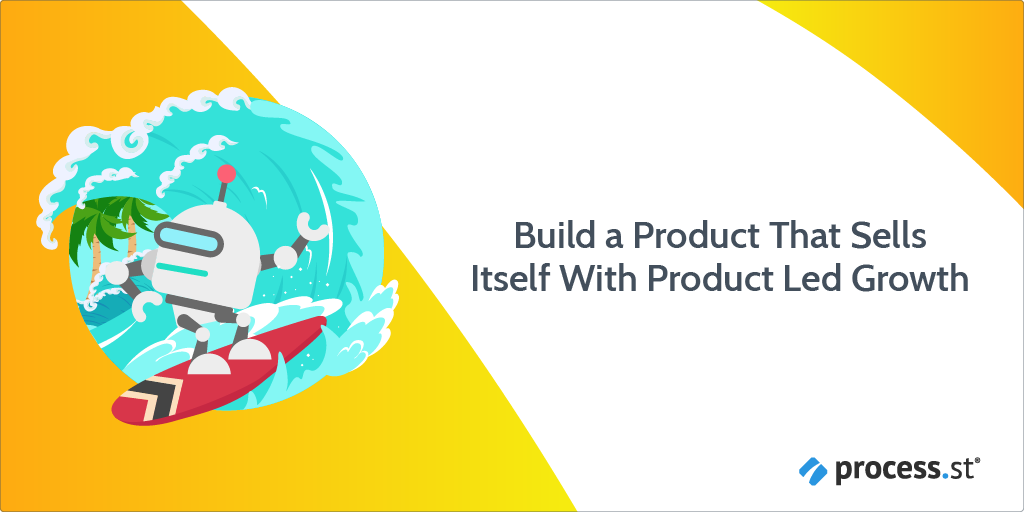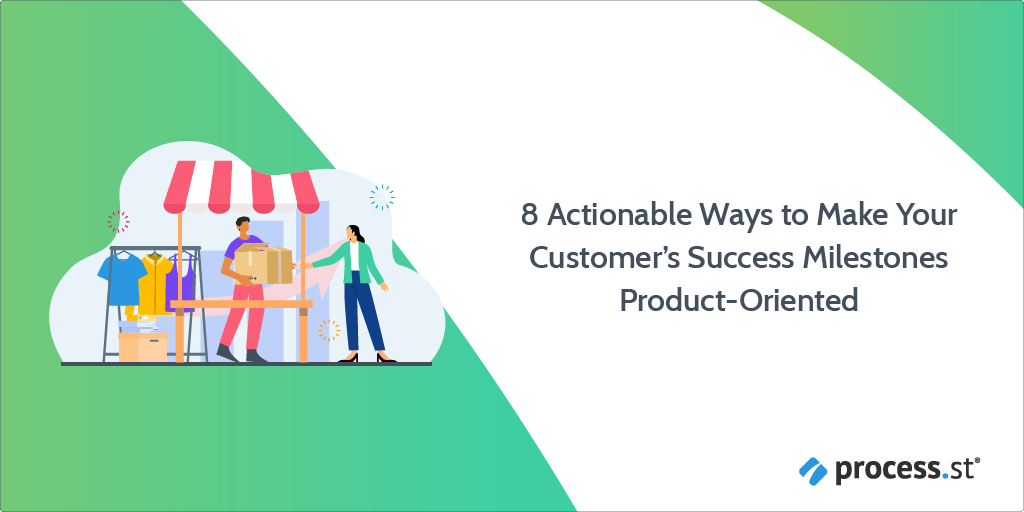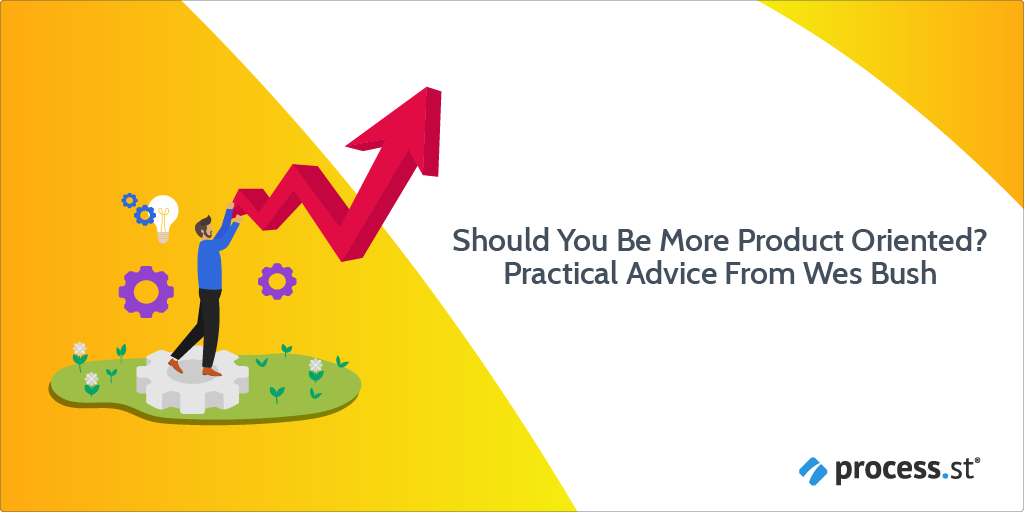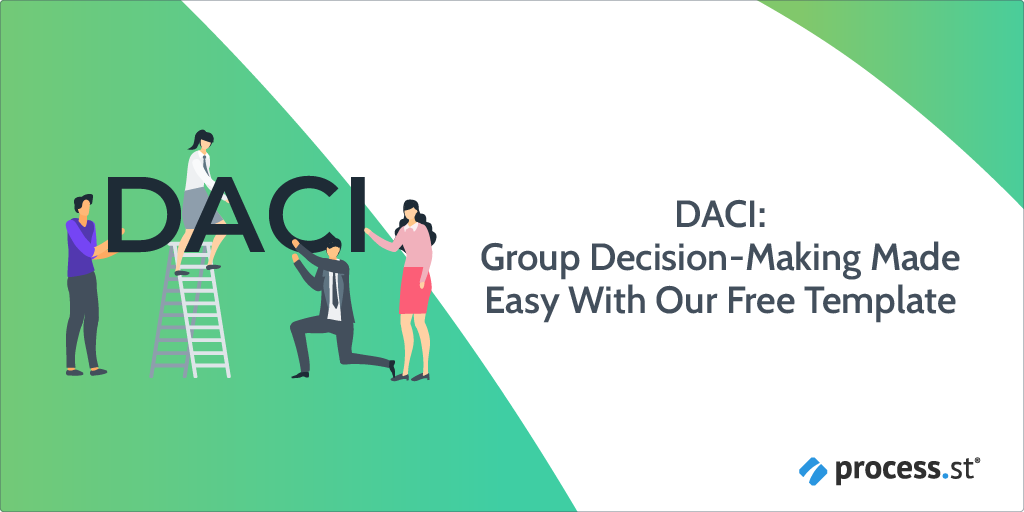
“History tells us that “how” you sell is just as important as “what” you sell.” – Wes Bush, The Definitive Guide On Product-Led Growth.
Slack’s revenue has grown 52 x since its launch in 2014: The channel-based messaging platform reported that revenue went from $12 million in 2014 to $630 million in 2020.
Their secret? …. Product-led growth.
Product-led growth (PLG), otherwise known as the “try before you buy” approach has helped companies like Dropbox, Netflix, Hubspot, and of course Slack go from Startup to scale up in record time.
But, the product-led growth approach isn’t just about trying before buying. There’s more to it than that. In fact, to truly be product-led you’ll need to choose between a free trial or freemium model; determine if you’ll be targeting the makers or the shakers of an organization; decide which sea you wish to sail when following the Blue Ocean Strategy; and, choose whether your strategy wants to focus on the bottom-up or the top-down.
Feeling confused? Don’t worry, this post will help clear things up. I’ll go over what product-led growth actually is and help you decide if the approach is right for you. I’ll also take a look at Slack and Hubspot, the poster children of the PLG approach to show what it looks like in practice.
To jump to a specific section click on the appropriate link below.
- Product-led growth in a nutshell
- Product-led growth as a go-to-market strategy
- Is the product-led growth approach for you?
- Key metrics for measuring product-led growth
- Product-led growth in practice: Slack
- Product-led growth in practice: Hubspot
- Product-led growth: Key takeaways
Let’s get sailing…







 Workflows
Workflows Projects
Projects Data Sets
Data Sets Forms
Forms Pages
Pages Automations
Automations Analytics
Analytics Apps
Apps Integrations
Integrations
 Property management
Property management
 Human resources
Human resources
 Customer management
Customer management
 Information technology
Information technology





